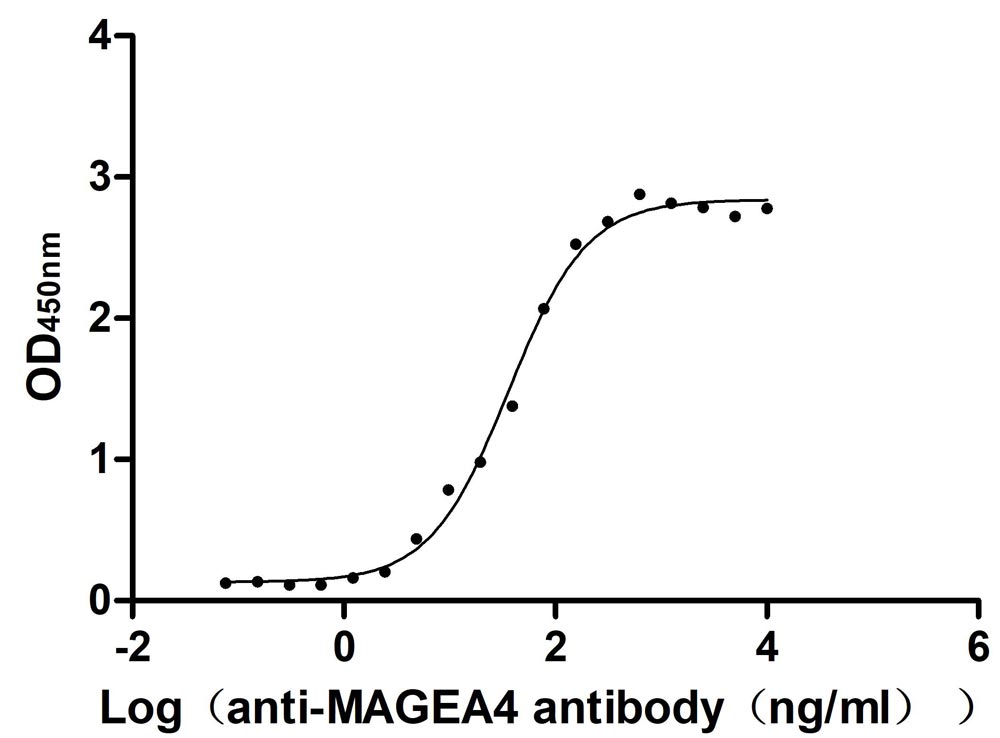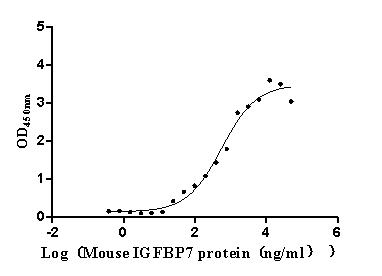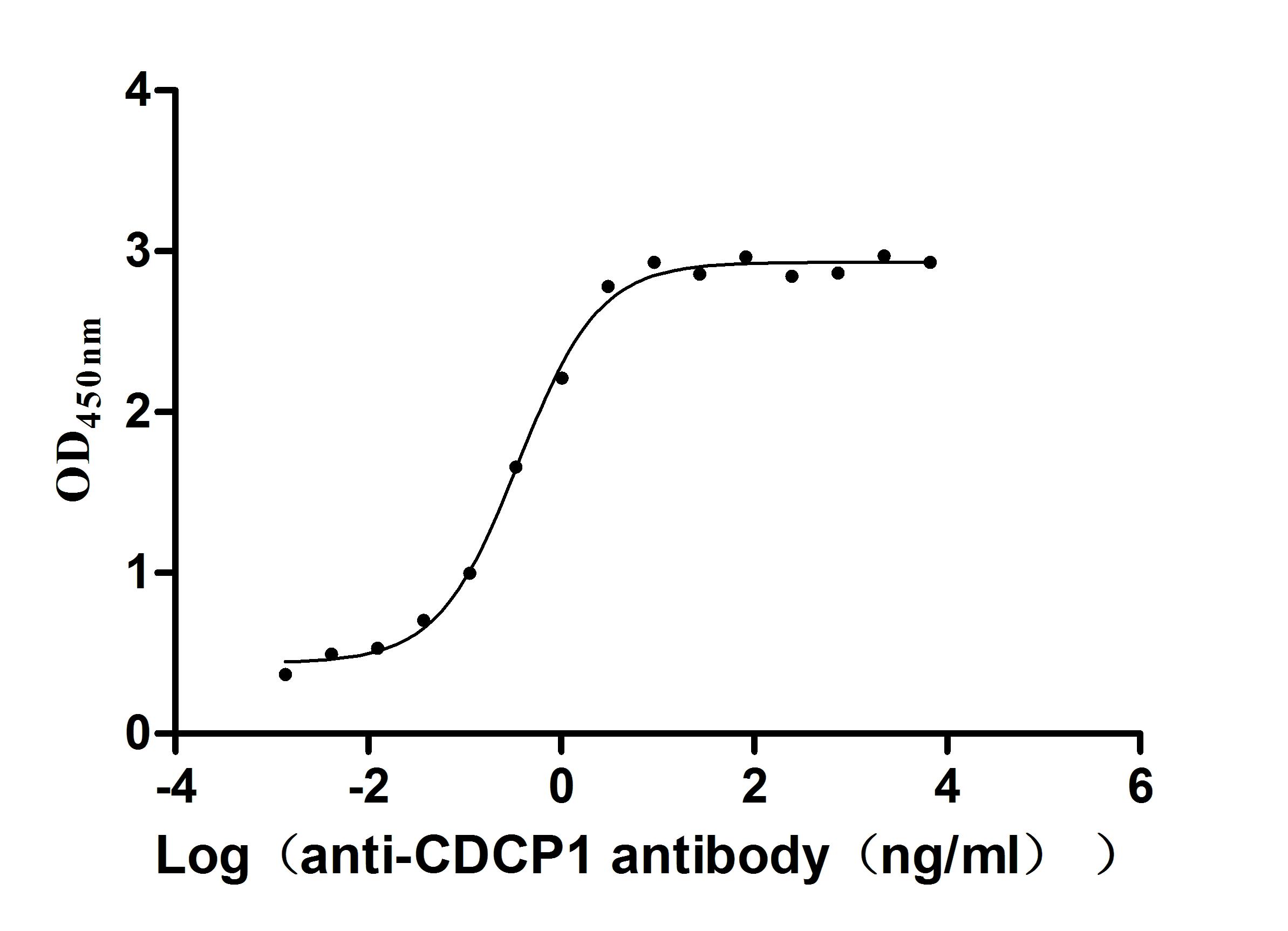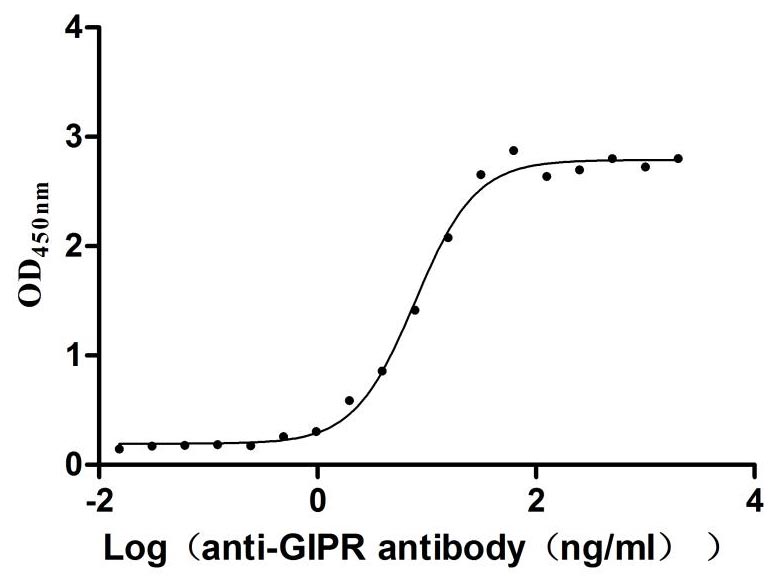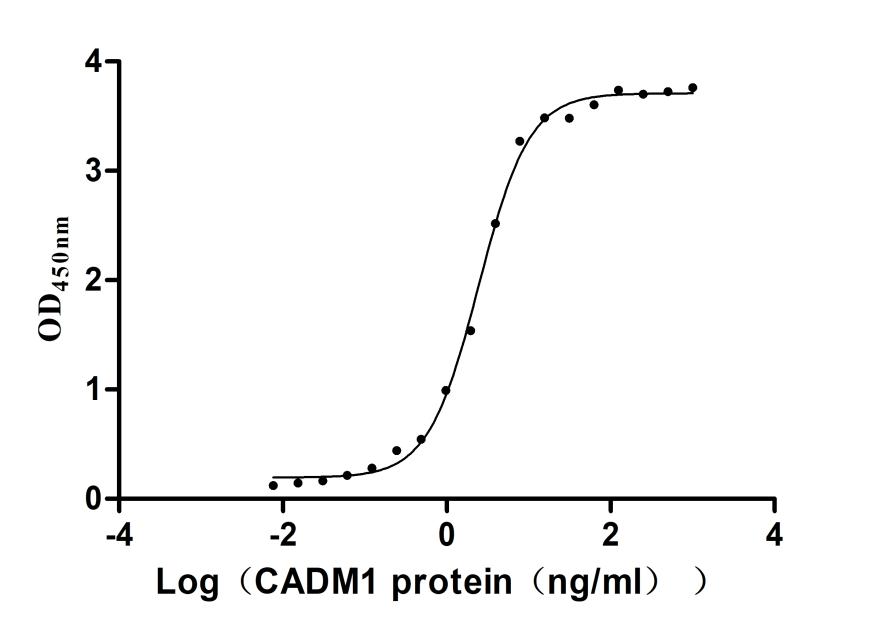Recombinant Cricetulus griseus Alcohol dehydrogenase [NADP (+)]
-
中文名稱(chēng):Recombinant Cricetulus griseus Alcohol dehydrogenase [NADP(+)]
-
貨號(hào):CSB-YP530345DXU
-
規(guī)格:
-
來(lái)源:Yeast
-
其他:
-
中文名稱(chēng):Recombinant Cricetulus griseus Alcohol dehydrogenase [NADP(+)]
-
貨號(hào):CSB-EP530345DXU
-
規(guī)格:
-
來(lái)源:E.coli
-
其他:
-
中文名稱(chēng):Recombinant Cricetulus griseus Alcohol dehydrogenase [NADP(+)]
-
貨號(hào):CSB-EP530345DXU-B
-
規(guī)格:
-
來(lái)源:E.coli
-
共軛:Avi-tag Biotinylated
E. coli biotin ligase (BirA) is highly specific in covalently attaching biotin to the 15 amino acid AviTag peptide. This recombinant protein was biotinylated in vivo by AviTag-BirA technology, which method is BriA catalyzes amide linkage between the biotin and the specific lysine of the AviTag.
-
其他:
-
中文名稱(chēng):Recombinant Cricetulus griseus Alcohol dehydrogenase [NADP(+)]
-
貨號(hào):CSB-BP530345DXU
-
規(guī)格:
-
來(lái)源:Baculovirus
-
其他:
-
中文名稱(chēng):Recombinant Cricetulus griseus Alcohol dehydrogenase [NADP(+)]
-
貨號(hào):CSB-MP530345DXU
-
規(guī)格:
-
來(lái)源:Mammalian cell
-
其他:
產(chǎn)品詳情
-
純度:>85% (SDS-PAGE)
-
基因名:AKR1A1
-
Uniprot No.:
-
別名:AKR1A1; ALRAldo-keto reductase family 1 member A1; EC 1.1.1.2; EC 1.1.1.33; EC 1.1.1.372; EC 1.1.1.54; Alcohol dehydrogenase [NADP(+)]; Aldehyde reductase; Glucuronate reductase; EC 1.1.1.19; Glucuronolactone reductase; EC 1.1.1.20
-
種屬:Cricetulus griseus (Chinese hamster) (Cricetulus barabensis griseus)
-
蛋白長(zhǎng)度:full length protein
-
表達(dá)區(qū)域:1-228
-
氨基酸序列LIGLGTWKSN PGQVKAAIKY ALSVGYRHID CAAVYGNEIE IGEALKENVG PGKAVPREEL FVTSKLWNTK HHPEDVEAAL RKTLADLQLE YLDLYLMHWP YAFERGDNPF PKNDDGTIRY DSTHYKETWK ALEALVAKGL VKALGLSNFN SRQIDDILSV ASVRPAVLQV ECHPYLAQNE LIAHCQARGL EVTAYSPLGS SDRAWRHPDE PVLLEEPVVL ALAEKHGR
-
蛋白標(biāo)簽:Tag?type?will?be?determined?during?the?manufacturing?process.
The tag type will be determined during production process. If you have specified tag type, please tell us and we will develop the specified tag preferentially. -
產(chǎn)品提供形式:Lyophilized powder
Note: We will preferentially ship the format that we have in stock, however, if you have any special requirement for the format, please remark your requirement when placing the order, we will prepare according to your demand. -
復(fù)溶:We recommend that this vial be briefly centrifuged prior to opening to bring the contents to the bottom. Please reconstitute protein in deionized sterile water to a concentration of 0.1-1.0 mg/mL.We recommend to add 5-50% of glycerol (final concentration) and aliquot for long-term storage at -20℃/-80℃. Our default final concentration of glycerol is 50%. Customers could use it as reference.
-
儲(chǔ)存條件:Store at -20°C/-80°C upon receipt, aliquoting is necessary for mutiple use. Avoid repeated freeze-thaw cycles.
-
保質(zhì)期:The shelf life is related to many factors, storage state, buffer ingredients, storage temperature and the stability of the protein itself.
Generally, the shelf life of liquid form is 6 months at -20°C/-80°C. The shelf life of lyophilized form is 12 months at -20°C/-80°C. -
貨期:Delivery time may differ from different purchasing way or location, please kindly consult your local distributors for specific delivery time.Note: All of our proteins are default shipped with normal blue ice packs, if you request to ship with dry ice, please communicate with us in advance and extra fees will be charged.
-
注意事項(xiàng):Repeated freezing and thawing is not recommended. Store working aliquots at 4°C for up to one week.
-
Datasheet :Please contact us to get it.
靶點(diǎn)詳情
-
功能:Catalyzes the NADPH-dependent reduction of a wide variety of carbonyl-containing compounds to their corresponding alcohols. Displays enzymatic activity towards endogenous metabolites such as aromatic and aliphatic aldehydes, ketones, monosaccharides and bile acids, with a preference for negatively charged substrates, such as glucuronate and succinic semialdehyde. Plays an important role by catalyzing the reduction of D-glucuronic acid and D-glucurono-gamma-lactone. Functions as a detoxifiying enzyme by reducing a range of toxic aldehydes. Reduces methylglyoxal and 3-deoxyglucosone, which are present at elevated levels under hyperglycemic conditions and are cytotoxic. Involved also in the detoxification of lipid-derived aldehydes like acrolein. Plays a role in the activation of procarcinogens, such as polycyclic aromatic hydrocarbon trans-dihydrodiols, and in the metabolism of various xenobiotics and drugs. Displays no reductase activity towards retinoids.
-
亞細(xì)胞定位:Cytoplasm, cytosol. Apical cell membrane.
-
蛋白家族:Aldo/keto reductase family
Most popular with customers
-
Recombinant Macaca fascicularis Angiotensin-converting enzyme (ACE2), partial (Active)
Express system: Mammalian cell
Species: Macaca fascicularis (Crab-eating macaque) (Cynomolgus monkey)
-
Recombinant Human E3 ubiquitin-protein ligase ZNRF3 (ZNRF3), partial (Active)
Express system: Mammalian cell
Species: Homo sapiens (Human)
-
Recombinant Human Claudin-18.2 (CLDN18.2)-VLPs (Active)
Express system: Mammalian cell
Species: Homo sapiens (Human)
-
Recombinant Human Melanoma-associated antigen 4 (MAGEA4) (Active)
Express system: Mammalian cell
Species: Homo sapiens (Human)
-
Recombinant Mouse Complement component C1q receptor (Cd93), partial (Active)
Express system: Mammalian cell
Species: Mus musculus (Mouse)
-
Recombinant Human CUB domain-containing protein 1 (CDCP1), partial (Active)
Express system: Mammalian cell
Species: Homo sapiens (Human)
-
Recombinant Rat Gastric inhibitory polypeptide receptor (Gipr), partial (Active)
Express system: Mammalian cell
Species: Rattus norvegicus (Rat)
-
Recombinant Human Cytotoxic and regulatory T-cell molecule (CRTAM), partial (Active)
Express system: Mammalian cell
Species: Homo sapiens (Human)


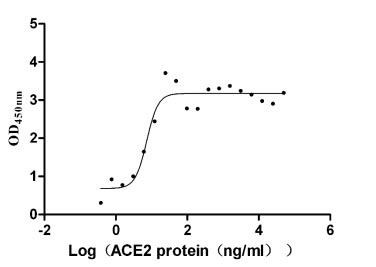
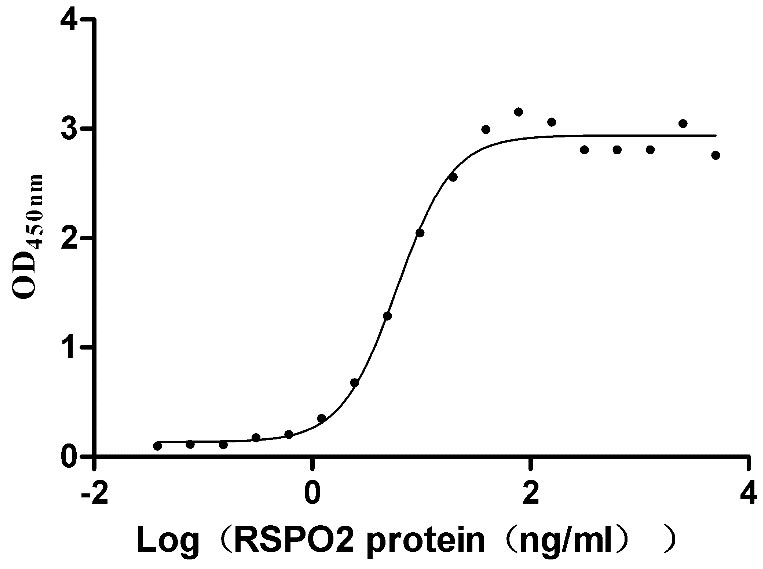
-AC1.jpg)
